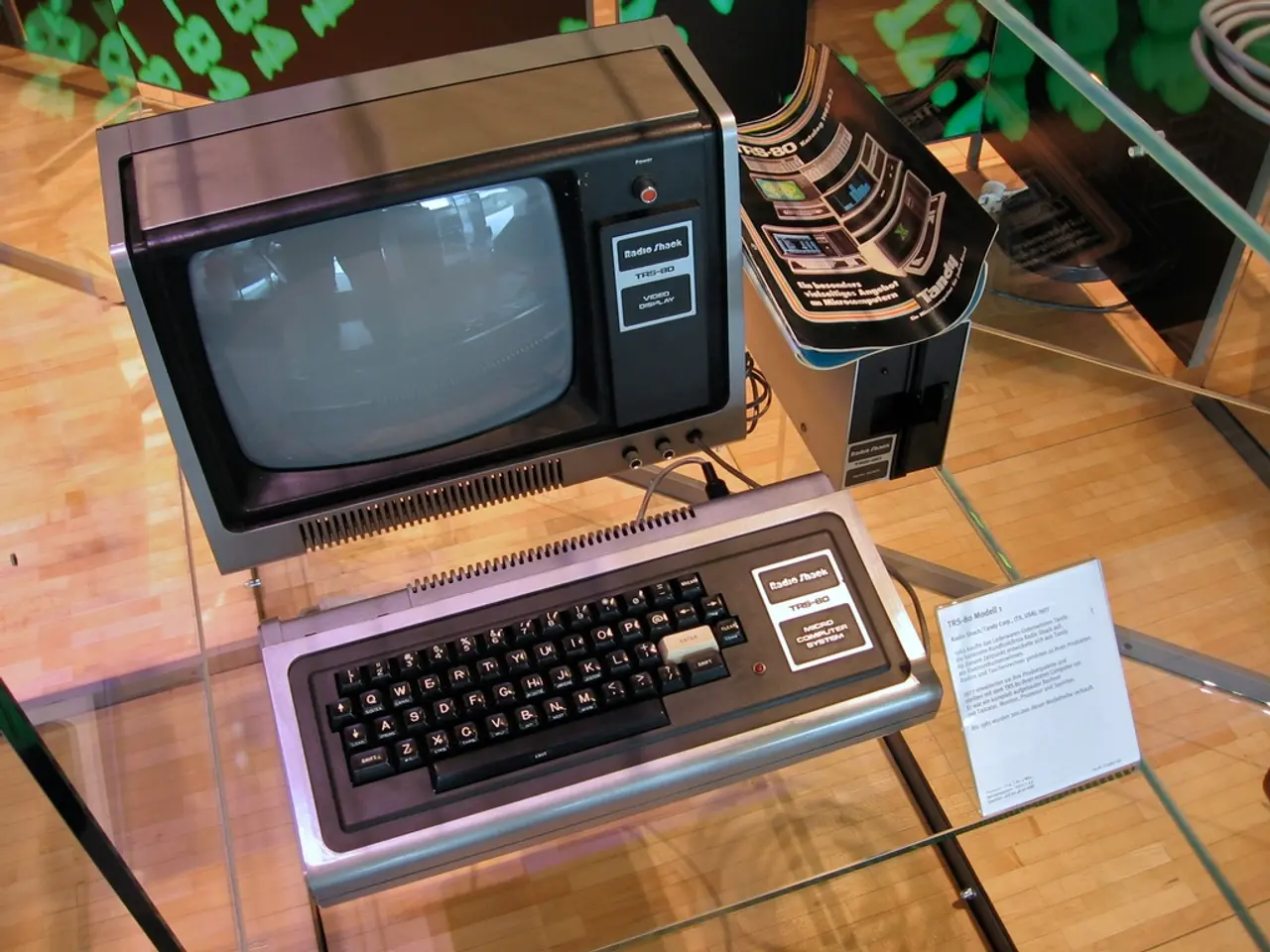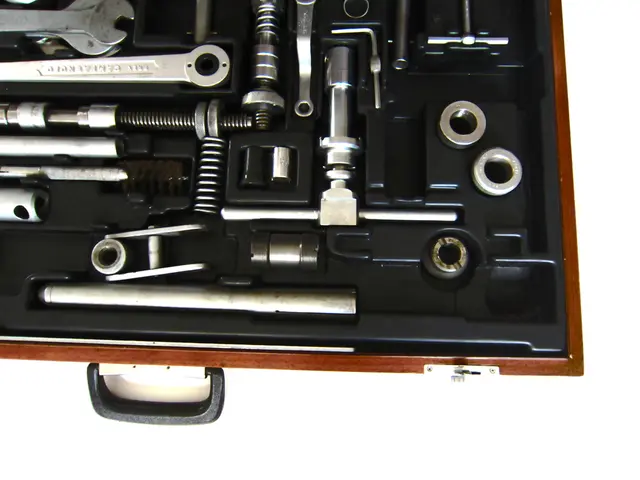CPU Debugging Evolves: From Bond-Out Chips to On-Chip Solutions
Debugging modern CPUs has evolved significantly from the early days, with advancements in technology making the process more efficient and affordable. Historically, adding debugging pins was challenging and expensive due to larger transistors and smaller dies. Today, on-chip debugging and serial communication protocols have transformed the landscape.
In the past, debugging was complex and costly. Larger transistors and smaller dies made it difficult to add debugging pins. As a result, developers often used bond-out chips, like the 8051E, which brought out address and data bus lines for external communication. These chips, such as Intel's first bond-out chip for the 8051 microprocessor, were larger and sold in smaller quantities due to the additional test and debug circuitry.
Modern debugging, however, has shifted towards on-chip solutions. In-circuit emulators now use on-chip hardware and serial communication protocols, making them more compact and efficient. These emulators can sit directly on the chip, eliminating the need for external boards. They typically use serial interfaces like JTAG for communication with a host computer, simplifying the debugging process for developers.
From bond-out chips to on-chip debugging, the evolution of CPU debugging has been marked by increased efficiency and affordability. Modern developers benefit from compact, on-chip hardware and serial communication protocols, making their work easier and more accessible.
Read also:
- Emergency services of the future revealed by Renault with the introduction of the Vision 4Rescue vehicle.
- Inverness & Cromarty Firth Green Freeport to Create 11,300 Jobs, Attract £6.5BN Investment
- Artificial Intelligence Shaping Political Campaign Advertisements
- European consumers are on the brink of experiencing a significant leap forward in electric vehicle (EV) charging technology, as Chinese automaker BYD prepares to unveil its innovative advancements.








